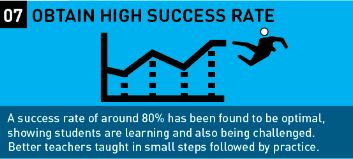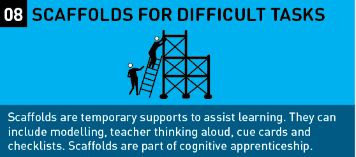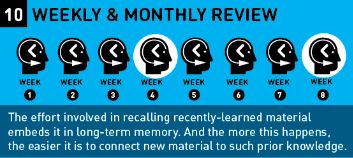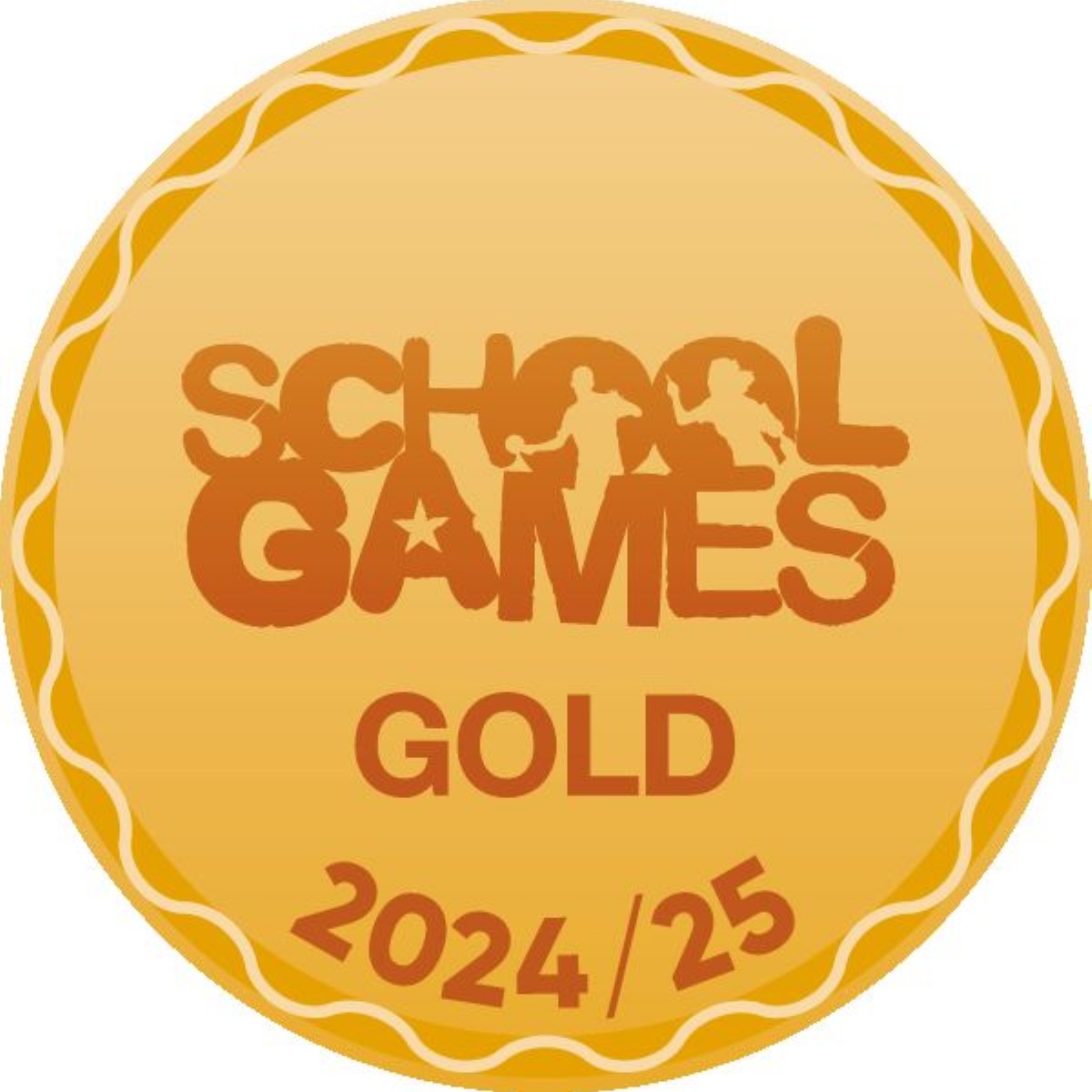Rosenshine Principles of Instruction
At Beaumont Primary, we pride ourselves on drawing on different educational research and seeing how this could positively impact our pupils. In 2012, Professor Barak Rosenshine from the University of Illinois wrote a very influential article. Based on cognitive sciences and school research, he created 10 principles of instruction to help teachers develop effective lessons. Here is a summary of these principles and how we implement them into the teaching and learning at this school.
1. Begin a lesson with a short review of previous learning
 Reviewing previously learned material strengthen the connections between pieces of knowledge. That is, it enhances understanding. Rosenshine suggests a five to eight-minute review of the previously covered material, including peer marking, asking questions, checking for misconceptions, correcting homework, and others.
Reviewing previously learned material strengthen the connections between pieces of knowledge. That is, it enhances understanding. Rosenshine suggests a five to eight-minute review of the previously covered material, including peer marking, asking questions, checking for misconceptions, correcting homework, and others.
2. Present new material in small steps followed by student practice
 There is only so much novel information we can process at one time. If you ask pupils to do too much at the same time, they will probably fail.
There is only so much novel information we can process at one time. If you ask pupils to do too much at the same time, they will probably fail.
3. Ask questions and check answers
 To learn something, pupils need to practice it. Every time pupils answer a question or solve a problem, they retrieve that information, memory for that information becomes stronger and more last-longing. The more variety of question types, the better.
To learn something, pupils need to practice it. Every time pupils answer a question or solve a problem, they retrieve that information, memory for that information becomes stronger and more last-longing. The more variety of question types, the better.
4. Use models
 Concrete examples and models are a good strategy to introduce a new concept. Explicit and detailed explanations and instructions are also recommended.
Concrete examples and models are a good strategy to introduce a new concept. Explicit and detailed explanations and instructions are also recommended.
5. Guide practice
 Rosenshine recommends that teachers stimulate pupils to rephrase, elaborate and summarise new material. According to him, successful teachers spend more time asking questions, checking for understanding, correcting errors and guiding students when working out problems.
Rosenshine recommends that teachers stimulate pupils to rephrase, elaborate and summarise new material. According to him, successful teachers spend more time asking questions, checking for understanding, correcting errors and guiding students when working out problems.
6. Check for understanding
 Constant checking is important to catch misconceptions before they harm learning. It also helps teachers notice if parts of the content need reteaching. Rosenshine suggests that teachers ask direct questions, instead of asking pupils if they have questions and assuming that silence means a full understanding of the topic.
Constant checking is important to catch misconceptions before they harm learning. It also helps teachers notice if parts of the content need reteaching. Rosenshine suggests that teachers ask direct questions, instead of asking pupils if they have questions and assuming that silence means a full understanding of the topic.
7. Obtain a high success rate
 This principle relates to making sure all pupils have mastered the current set of lessons before moving on to the next one. It involves checking for misconceptions and asking questions.
This principle relates to making sure all pupils have mastered the current set of lessons before moving on to the next one. It involves checking for misconceptions and asking questions.
8. Provide scaffolds in difficult tasks
 When pupils are completing a hard task, it is important that teachers provide temporary instructional support. These scaffolds can be gradually removed as pupils advance in their understanding and fluency on a particular topic. Rosenshine suggests using cue cards, checklists, worked examples and models as scaffolding. Teachers can also anticipate pupils’ errors and warn them about them beforehand.
When pupils are completing a hard task, it is important that teachers provide temporary instructional support. These scaffolds can be gradually removed as pupils advance in their understanding and fluency on a particular topic. Rosenshine suggests using cue cards, checklists, worked examples and models as scaffolding. Teachers can also anticipate pupils’ errors and warn them about them beforehand.
9. Stimulate and monitor independent practice
 Independent practice should be used after guided practice. That is, when pupils are already very competent in a topic, they can practice independently in order to become fluent and retrieve information automatically. Rosenshine calls this process “overlearning”. Independent practice should cover the same topic covered in guided practice as pupils need to be fully prepared for it.
Independent practice should be used after guided practice. That is, when pupils are already very competent in a topic, they can practice independently in order to become fluent and retrieve information automatically. Rosenshine calls this process “overlearning”. Independent practice should cover the same topic covered in guided practice as pupils need to be fully prepared for it.
10. Conduct weekly and monthly reviews
 Similar to Principle 1, Rosenshine advocates for a frequent review of previously learned material in order to help students reconsolidate information and create stronger connections.
Similar to Principle 1, Rosenshine advocates for a frequent review of previously learned material in order to help students reconsolidate information and create stronger connections.










